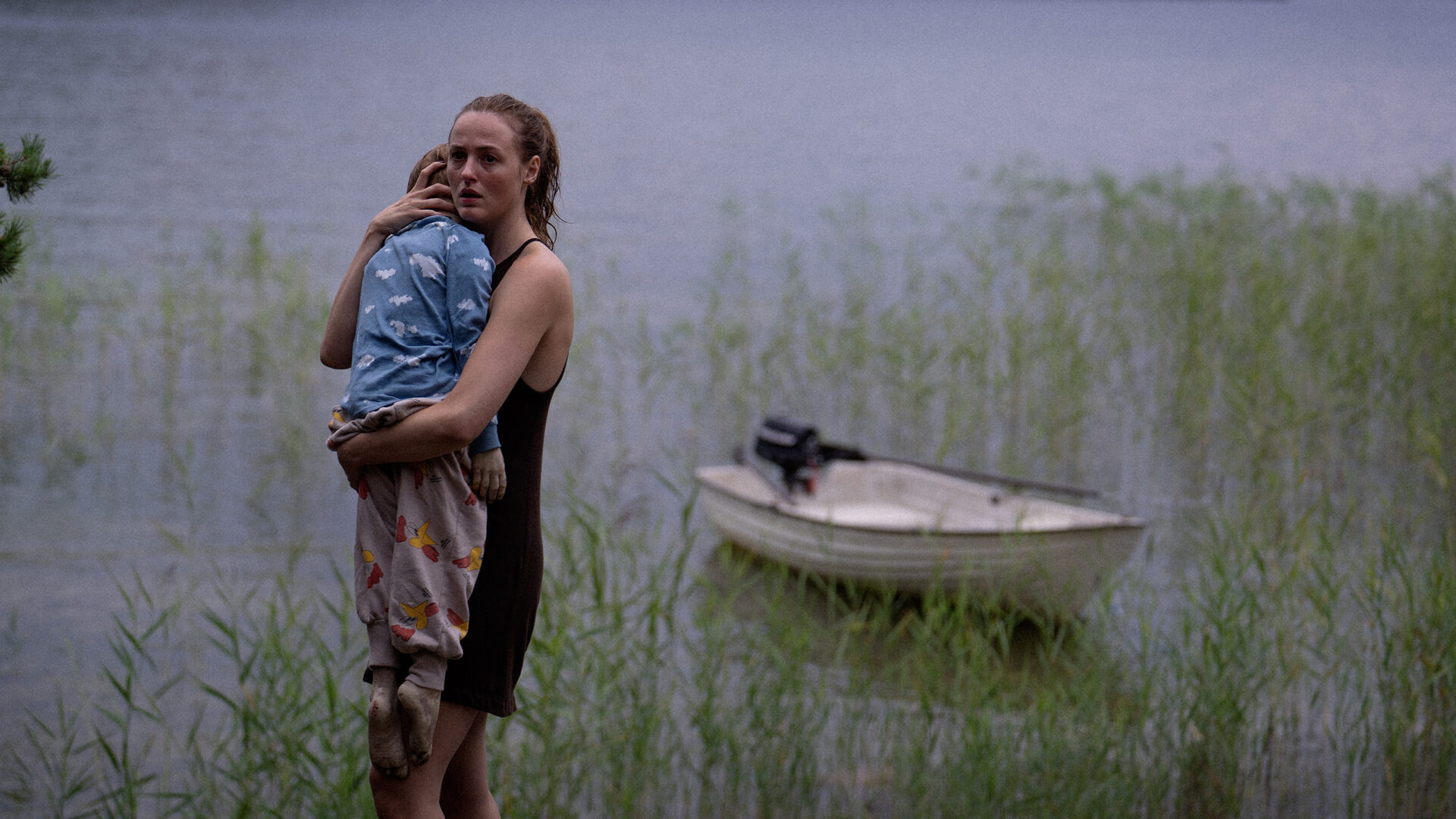Heading: “Handling the Undead”: Grief, Norwegian Zombie Style
CW: The film contains a disturbing depiction of animal cruelty
This review contains mild spoilers
“Handling the Undead,” a Norwegian horror film directed by Thea Hvistendahl, starts off ominously, quietly, and deliberately, continuing with a pervasive atmosphere of dread that’s relentless. In the film’s world, grief is a monster – one that will eat you alive if you let it.
The movie follows three families experiencing different stages of grief: Anna (Renate Reinsve), a woman whose young son has died a few weeks ago, and her father, Mahler (Bjørn Sundquist); Tora (Bente Børsum), whose wife, Elisabet (Olga Damani), is about to be buried; and husband and wife David (Anders Danielsen Lie) and Eva (Bahar Pars), and their two children, Flora (Inesa Dauksta) and Kian (Kian Hansen), who are about to experience a traumatic loss.
Anna copes with her loss by leaving her son’s toys everywhere and refusing to eat the meals her father brings her, as evidenced by the wrapped plates of uneaten food in her fridge. Mahler struggles to snap her out of her denial, but he’s as lost in his grief as she is. Tora, meanwhile, sits at home and takes her phone off the hook after Elisabet’s wake, cutting herself off from the world.
Meanwhile, Eva gets ready for work as David preps for a comedy set. Kian plays a zombie first-person shooter game while his sister, Flora, tells Eva she really doesn’t want to babysit him. When Kian loses, the game’s graphics splash, “YOU ARE DEAD,” which has different meanings depending on whose story we’re following.
Not too long after, electricity crackles and a high-pitched sound spreads throughout the city, causing headaches and sending birds swooping in strange patterns. Mahler, who is visiting his grandson’s grave, collapses as a blackout occurs. Once it ends, David gets a call that Eva has died.
Soon, Anna’s son—who is the most decomposed of the three zombies we meet—Elisabet, and Eva are reanimated and their loved ones have a choice: How do I handle this extraordinary event? What do I do with this second chance? Others are presumably dealing with the same choice as we see police tape at the cemetery, and officers knock at Anna’s door.
Hvistendahl, who shares screenplay credit with John Ajvide Lindqvist (on whose novel the film is based) adhere closely to the three families’ reactions, leaving the threat zombies traditionally pose in the background. This choice does two things: it makes the grief more suffocating and it amps up the dread as the audience waits for the zombies to start biting. Hvistendahl laser-focuses on the grief of the living as they cope with the dead, whether it’s treating them as if they were still alive, or accepting that circumstances have drastically changed.
Both Danielsen Lie and Reinsve shine here, much as they did in 2021’s “The Worst Person in the World” (screened at a previous Sundance Festival), though unfortunately, this time they don’t share any scenes. Børsum and Sundquist are equally good as people who cannot let go of their departed beloveds.
The score is wonderful; it propels the narrative with its movement between ominous strings and memorable melancholy, pushing the action forward even when it seems as though nothing is happening (the composer, Peter Raeburn, received the World Cinema Dramatic Special Jury Award for Original Music at the Festival).
“Handling the Undead” is engrossing and tragic, forcing questions of mortality to the fore. As a debut feature, it announces Hvistendahl as a talent to watch. As a meditation on grief, it will also take a bite out your heart.

